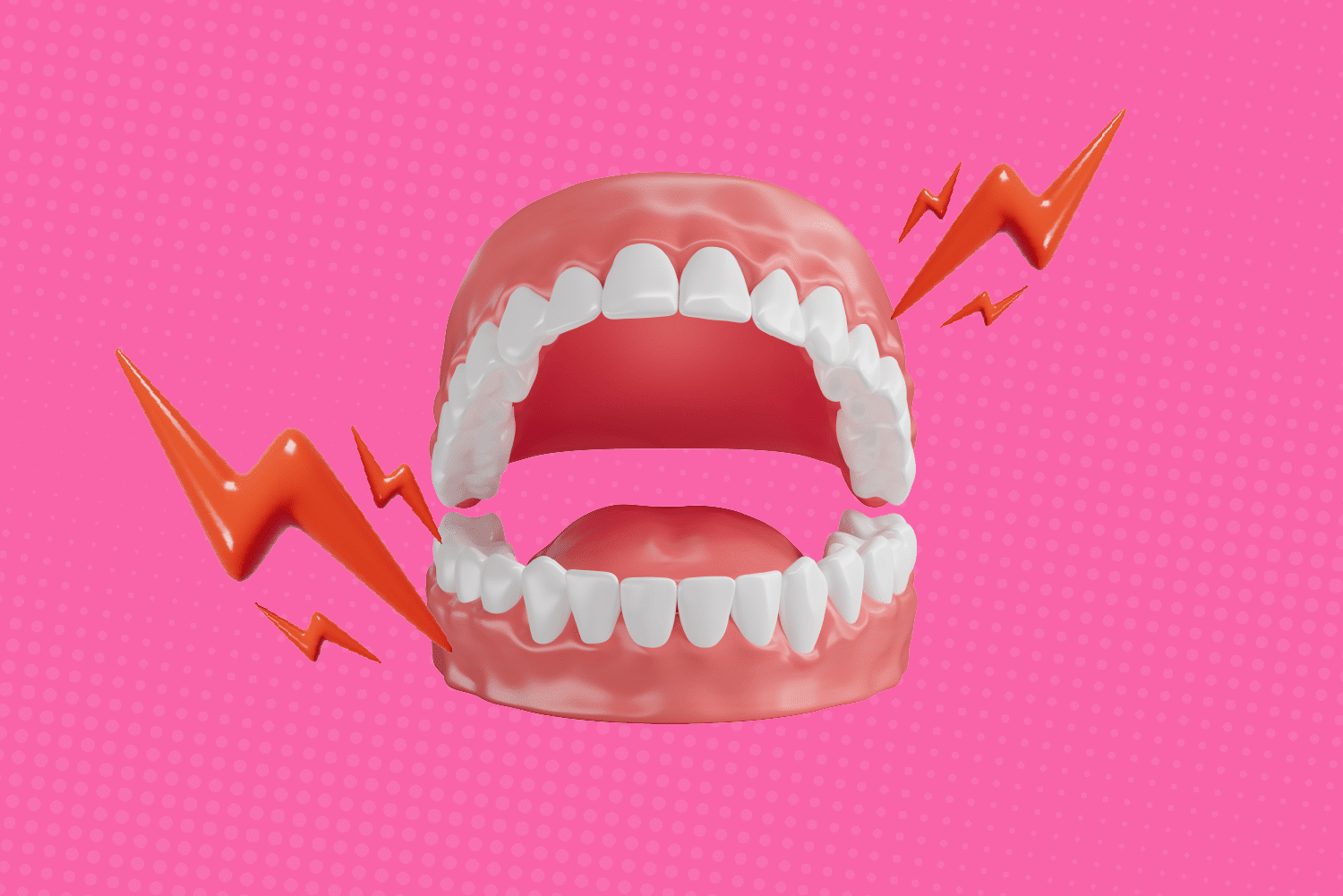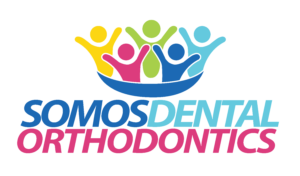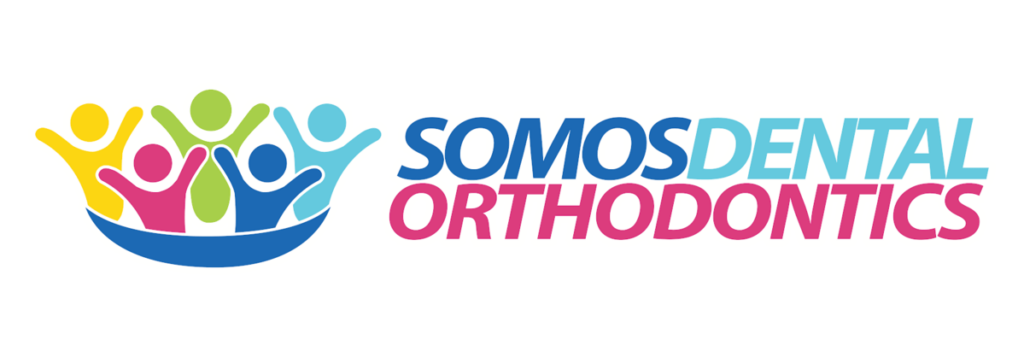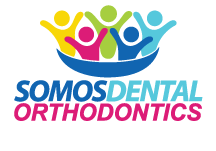
- By: Somos Dental
- July 2, 2021
Is Normal To Have Trismus After Wisdom Teeth Removal?
Trismus, also known as lockjaw, occurs when the muscles used for chewing spasm, restricting the jaw’s opening. According to MedicalNewsToday, it’s described as “a tonic contraction of the muscles of mastication.”
But is it normal to have lockjaw after removing wisdom teeth? It’s typical to struggle with mouth opening for a few days after wisdom teeth removal. However, if this difficulty persists beyond a certain point, it could signal a problem.
In this article, we will explore lockjaw following wisdom teeth extraction and what you can anticipate when facing this condition.
Recover comfortably
book your post-surgery checkup
Jaw Problems After Tooth Extraction
Jaw problems, including trismus, are common after tooth extractions, especially wisdom teeth removal.
The procedure involves manipulating the jaw and surrounding muscles, which can lead to inflammation, muscle spasms, or stiffness. These issues may be more pronounced if the extraction was complex or required significant surgical intervention.
Other jaw-related symptoms post-extraction can include:
- Difficulty opening the mouth
- Pain when chewing or speaking
- Swelling around the jaw and cheeks
These symptoms are typically temporary and improve with proper care and management.
It Is Normal to Have Trismus After Wisdom Teeth Removal?
It’s usual to have some trouble fully opening your mouth after an extraction or oral surgery. However, this is generally anticipated only in the first couple of days. If you continue to have difficulty beyond this initial period, it could indicate an underlying problem.
How to test for trismus?
You can easily check for trismus by attempting to insert the width of three fingers into your mouth. If you can do this comfortably, your mouth opening is normal. However, if you find it challenging, you might be experiencing lockjaw issues.
How long does the trismus last after wisdom teeth removal?
After oral surgery, it’s typical to experience difficulty opening your mouth for about a week. However, if this issue persists beyond a week, it’s advisable to contact your dentist. This step ensures that the healing process is proceeding as expected.
How to Treat Trismus or Lockjaw After Wisdom Teeth Removal?
You can perform safe mouth and jaw exercises to speed up the healing process. These exercises aim to stimulate your jaw and muscles, reducing inflammation and enhancing mobility quickly.
You can try the following exercises to alleviate stiffness and pain following oral surgery:
Massage your jaw muscles
Before attempting any other exercises, start by massaging your jaw muscles. Here’s how:
- Use your pointer and middle fingers.
- Place them on your cheekbone.
- Gently move them downward over your masseter muscle.
- Massage any areas that feel tender or tight.
Exercise your jaw, face, and neck muscles
After massaging your jaw muscles, it’s time to exercise them. Here are the steps:
- Open your mouth as wide as you can (hold for 5 seconds).
- Move your lower jaw to the left.
- Move your lower jaw to the right.
- Move your head up and down as if saying “yes” (repeat five times).
- Move your head from left to right as if saying “no” (repeat five times).
How to Get Rid of Lockjaw
If trismus persists or worsens, taking additional steps can help relieve symptoms and restore normal jaw function.
Jaw exercises after wisdom teeth removal
Regularly performing jaw exercises is essential for recovery. In addition to the exercises mentioned above, consider using tools like a wooden spoon or popsicle stick to gently stretch your jaw.
Gradually increase the number of sticks to widen the stretch as your muscles loosen.
When does jaw stiffness go away after wisdom teeth removal?
Most patients notice significant improvement within 7 to 10 days, with complete resolution in 2 to 3 weeks. Consistently following your post-operative care instructions and incorporating jaw exercises into your daily routine can speed up recovery.
At Somos Dental, we always advise patients to address trismus early to prevent long-term complications. Our team provides personalized care plans to ensure a smooth recovery.
Quality Dental Services Without Breaking the Bank
At Somos Dental, we offer high-quality, affordable dental care with no insurance required. Our flexible payment plans make it easy to get the treatment you need without straining your budget.
Stop by one of our clinics in Phoenix or Dallas.
Don’t let trismus complicate your daily life.
Contact us today for a FREE CONSULTATION—fill out our form online or call 623-869-1091.
In conclusion, recovering from trismus or lockjaw after wisdom teeth removal is easier with proper care. Try jaw exercises and follow expert advice to restore movement and comfort quickly.
Worried about recovery?
Let’s make it easier,
call now!






